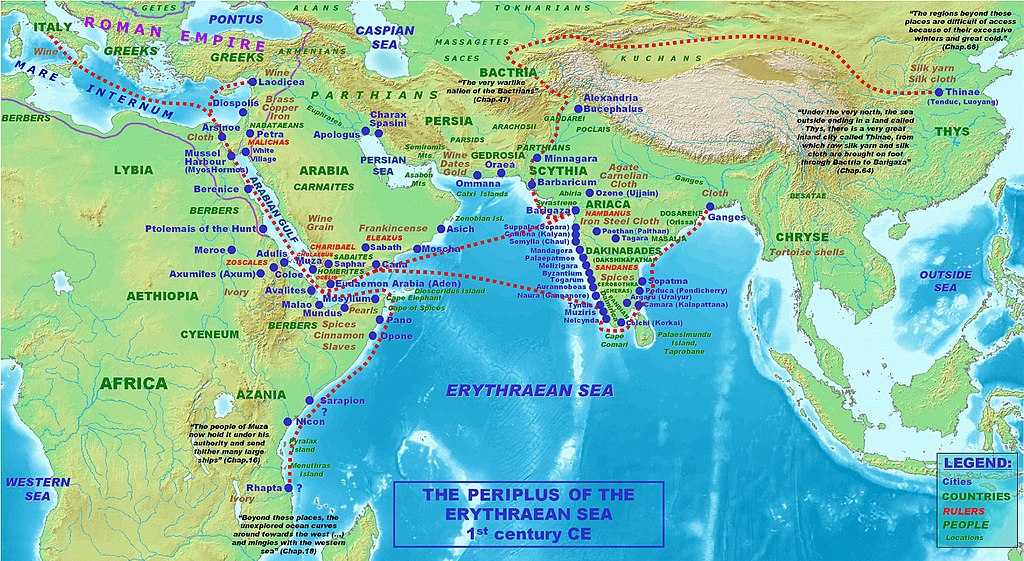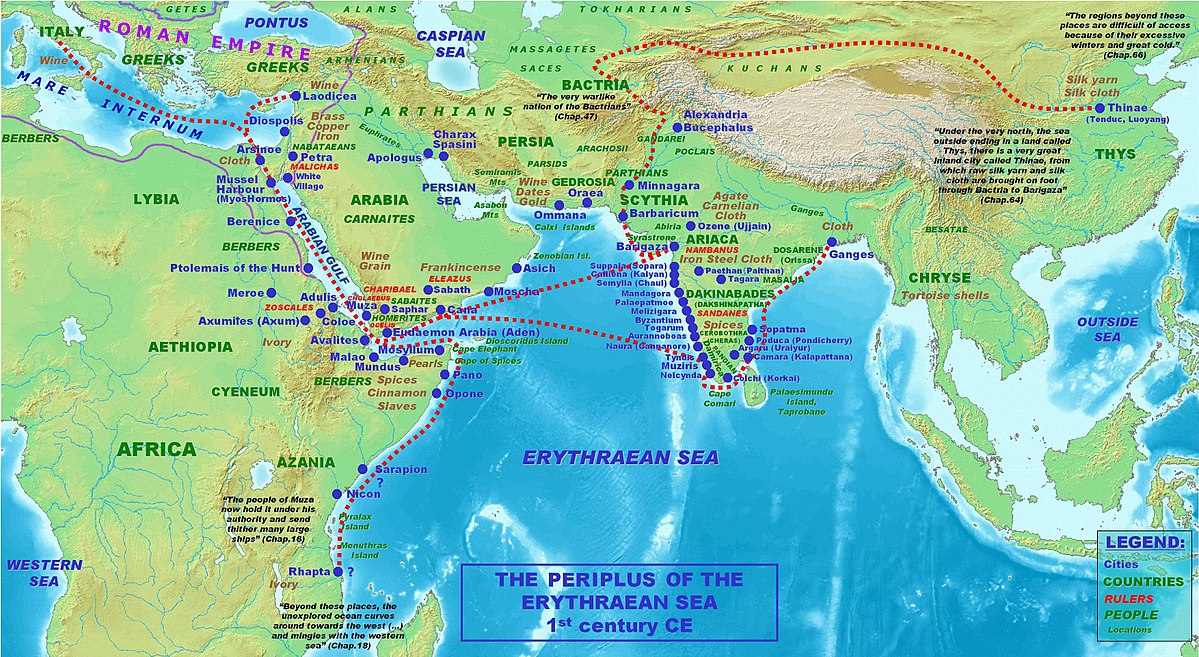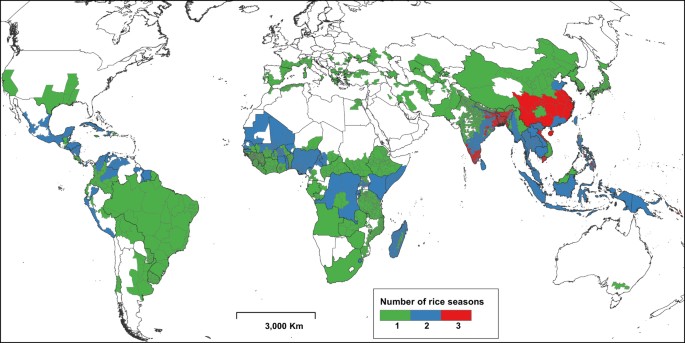So, according to Wikipedia, rice farming reached quite a long way, to the point of reaching Persia, (apparently in the region of Parthia) in the fourth century BC,and maybe even Anatolia in the early centuries AD.
There is also a species of Dandelion known as the Kazakh Dandelion which is known to produce rubber, to the point that countries have historically cultivated the plant for rubber production (mostly in WW2), and has quite a few countries looking into it as a alternative source of rubber, although yields are kind of small for now.
My question is this: what points of diverge would have to happen in order for a Roman trader on their way to China (or at least on their way to the Tocharian region) to pick up rice seeds and the seeds of the Kazakh Dandelion and bring them back to, say, Athens to start growing around, say 150 AD? What effects would it have on Europe and Eurasia in general if rice and rubber began to be cultivated in the Roman Empire from 150 Ad onwards?
(This thread was partially inspired by threads asking about earlier rubber)
There is also a species of Dandelion known as the Kazakh Dandelion which is known to produce rubber, to the point that countries have historically cultivated the plant for rubber production (mostly in WW2), and has quite a few countries looking into it as a alternative source of rubber, although yields are kind of small for now.
My question is this: what points of diverge would have to happen in order for a Roman trader on their way to China (or at least on their way to the Tocharian region) to pick up rice seeds and the seeds of the Kazakh Dandelion and bring them back to, say, Athens to start growing around, say 150 AD? What effects would it have on Europe and Eurasia in general if rice and rubber began to be cultivated in the Roman Empire from 150 Ad onwards?
(This thread was partially inspired by threads asking about earlier rubber)






